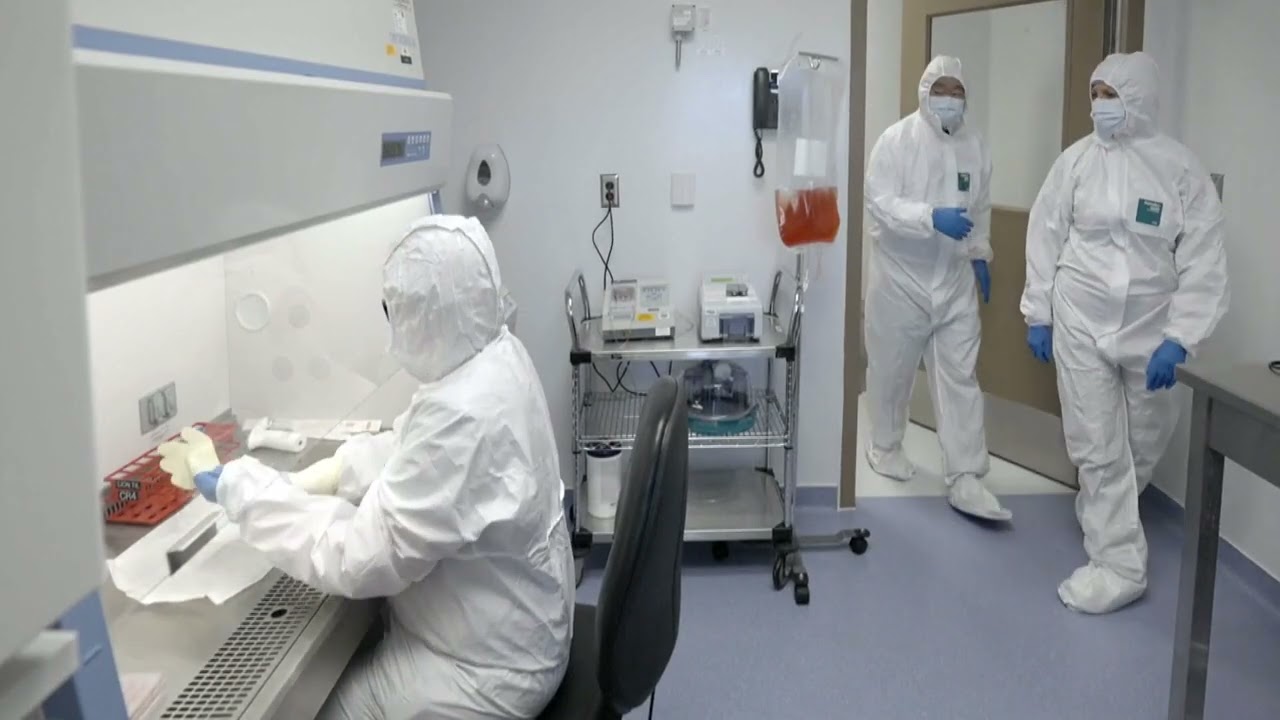The Oncology Channel
NEW YORK (Reuters Health) – Metallic stents used to relieve malignant ureteral obstruction may not perform any better than conventional polyurethane stents, according to a new study.
“We reviewed our experience with this device at Duke University Medical Center,” Dr. Brant A. Inman told Reuters Health via email. “We found a 35% failure rate, which is similar to that observed with the traditional (non-metallic) stents.”
Dr. Inman and his colleagues report their findings in the September issue of the Journal of Urology. They note that polyurethane stents used for malignant ureteral obstruction have failure rates up to 45%. Given the “indefinite need for urinary diversion” in that situation, a more durable stent would be valuable, they say.
At their academic referral center, a total of 37 metallic Resonance stents (Cook Medical, Bloomington, Indiana) were placed in 25 patients with malignant ureteral obstruction. In 12 instances, the stents failed, as signaled by progressive hydroureteronephrosis and rising creatinine. In three of these cases, the stents had migrated distally.
“Moreover,” Dr. Inman pointed out in his email, “patients with evidence of prostate cancer invading the bladder (which has been previously identified as a risk factor for failure using traditional stents) were also more likely to fail metallic stent placement.”
Dr. Inman said he’s found the metallic devices to be more durable than previous stents. “Yes, they do last longer in general,” he stated. “However, since we are using them predominantly for the worst cases that have either failed plastic stents or are at high risk of failing, we notice that they rarely last the one year that they are supposed to last.”
The lead author of the Duke study, Dr. Zachariah G. Goldsmith, added in a separate message: “Bottom line: these stents may be a great option for specific sub-groups of patients, but our work has demonstrated that for an index patient with malignant ureteral obstruction, the stents do not appear to perform better than traditional stents.”
When Reuters Health asked the stent’s manufacturer for a statement on the findings, Jean-Marc Creissel, global leader of Cook Medical‘s Urology division, responded: “We are always appreciative of clinical information that adds to our knowledge of our products.”
He continued, “There are many additional studies that support the efficacy of Resonance in treating extrinsic compression as well as reducing hospital stays and healthcare costs that can add to this discussion. We are committed to constant improvement of our products and we support the call for additional research.”
SOURCE:
Outcomes of Metallic Stents for Malignant Ureteral Obstruction
J Urol 2012; 188:851-855.








